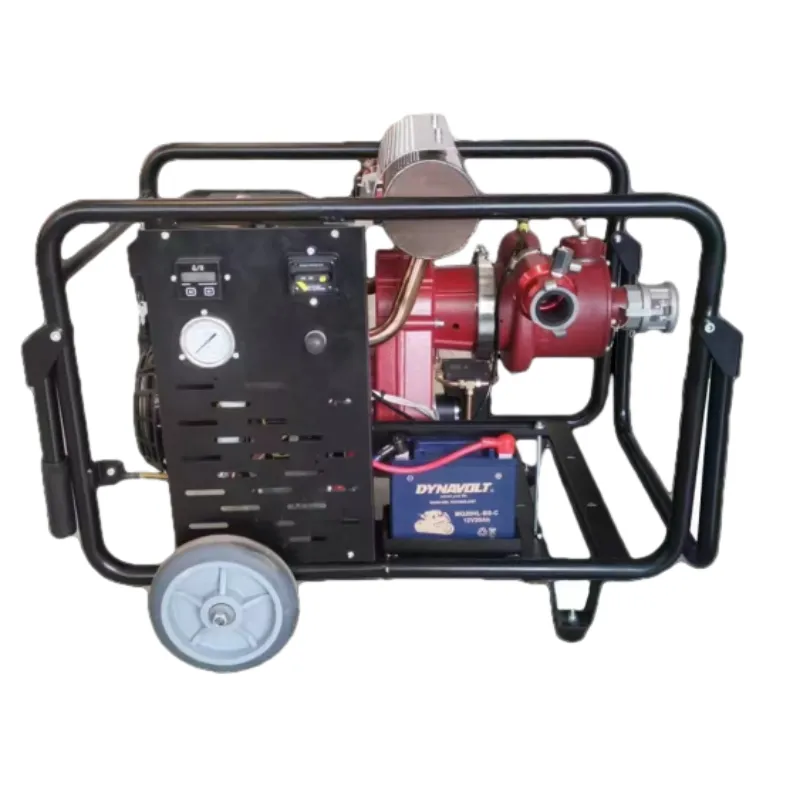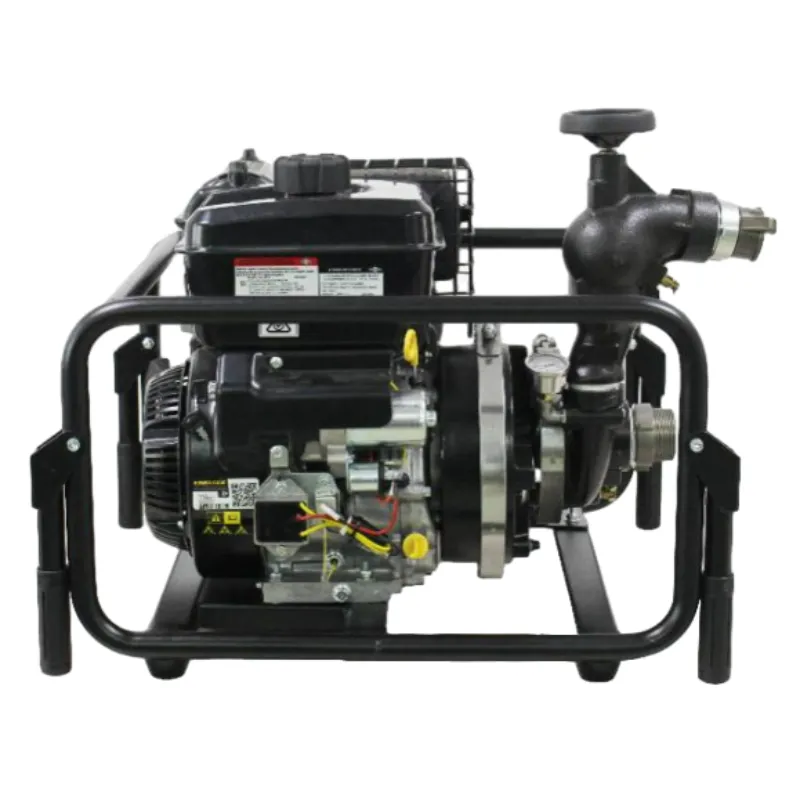

An often-overlooked component in extrication is protection. Before any cutting or spreading takes place, it's vital to stabilize the vehicle to ensure the safety of both the victims and the rescuers. Here, stabilization tools like chocks, step blocks, and struts come into play. These tools prevent unwanted movement, providing a secure environment during the extrication process. The reliability and ease of deployment of these tools underscore their significance, as even the most advanced cutters and spreaders would be of little use without a stable vehicle. The market for extrication tools is rich with brands and models, each boasting unique attributes. However, key considerations for any fire department include durability, ease of maintenance, and, increasingly, the tool's environmental footprint. As green technologies permeate the industry, there is a push towards rechargeable tools that reduce waste without compromising on power or efficiency. Training and expertise are paramount to the successful use of extrication tools. Comprehensive training programs ensure that firefighters remain up-to-date with the latest technologies and techniques. Practical experience complements this training, allowing firefighters to adapt their approach to varying scenarios and innovate on-the-fly as situations evolve. In conclusion, firefighter vehicle extrication tools are at the intersection of innovation and necessity, blending cutting-edge technology with practical application. Their role in saving lives is irreplaceable, and continuous advancements aim to equip firefighters with the best possible means to carry out their life-saving missions. From hydraulic spreaders to stabilization aids, each tool reflects a commitment to excellence and reliability. For fire departments, investing in the best tools translates to improved outcomes in emergency situations, underscoring the critical nature of these seemingly simple yet life-changing implements.





























